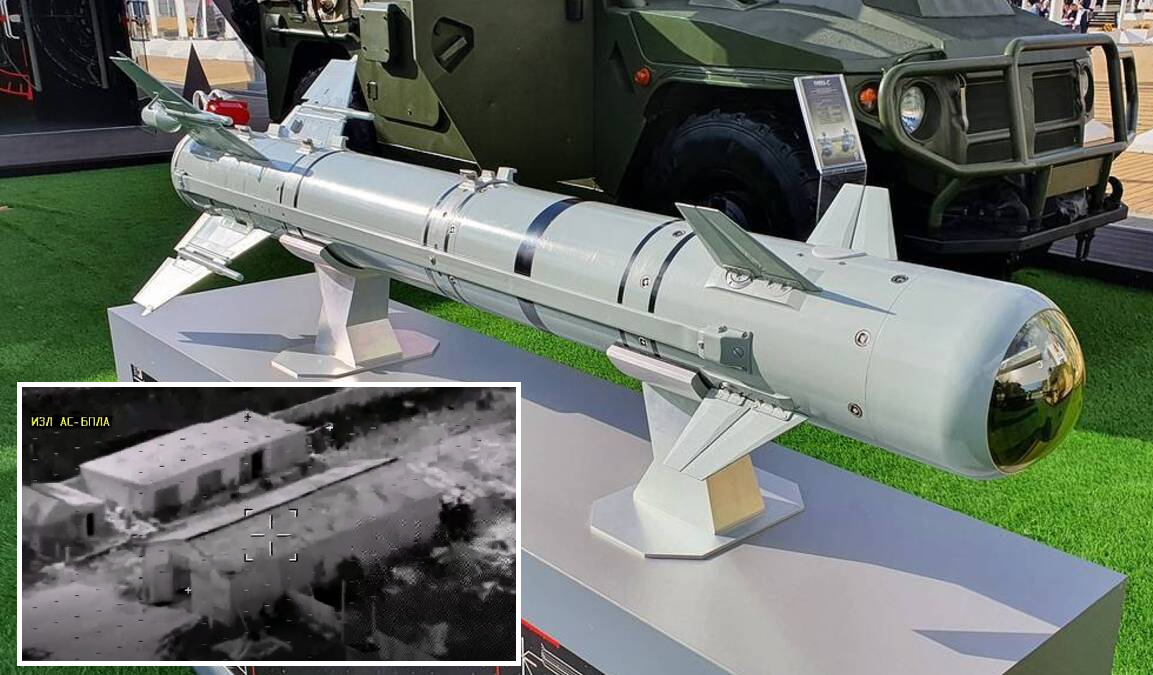,
The following list attempts to keep track
of foreign military equipment delivered to Russia by Belarus and Iran during the
2022 Russo-Ukrainian War. The entries below are sorted by
armament category (with a flag denoting the country of delivery), and
due to the confidential nature of some arms deliveries they can serve
only as a lower bound to the total volume of weaponry shipped to Russia. Private purchases and commercially available military gear purchased for mobilised troops are not included in this list. This list will be
updated as further military support is uncovered.























